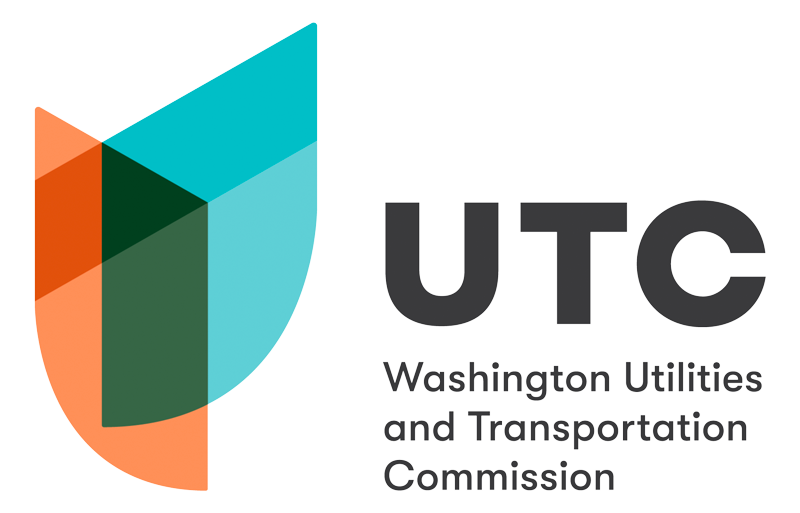In 1972, a concerned Union Pacific Railroad employee, working with the support of many Idaho communities, established a state-wide public education program in an effort to reduce the number of crashes, injuries and fatalities occurring at highway-rail grade crossings. At the end of the first year, the fatality rate in Idaho dropped by 39 percent. In 1973, the same education program was started in Nebraska. After a one-year period, Nebraska demonstrated even more impressive results-a 46 percent reduction in highway-rail grade crossing fatalities. In recent years, increased emphasis has been placed on reducing and preventing the injuries and fatalities caused by people trespassing on railroad property. Operation Lifesaver is now active across the United States, in Canada, Mexico, the United Kingdom, Argentina and Estonia. Since its inception in 1972, this public education program has dramatically reduced injuries and fatalities. A cooperative effort involving education, engineering and enforcement are the three factors that continue to make this program successful. Education is provided by Operation Lifesaver volunteers. Engineering is provided by the railroads and road authorities responsible for improving and maintaining the crossings. Enforcement is provided by your local and state law enforcement officials and railroad police officers who actively enforce the laws at crossings and along the railroad right-of-ways.
